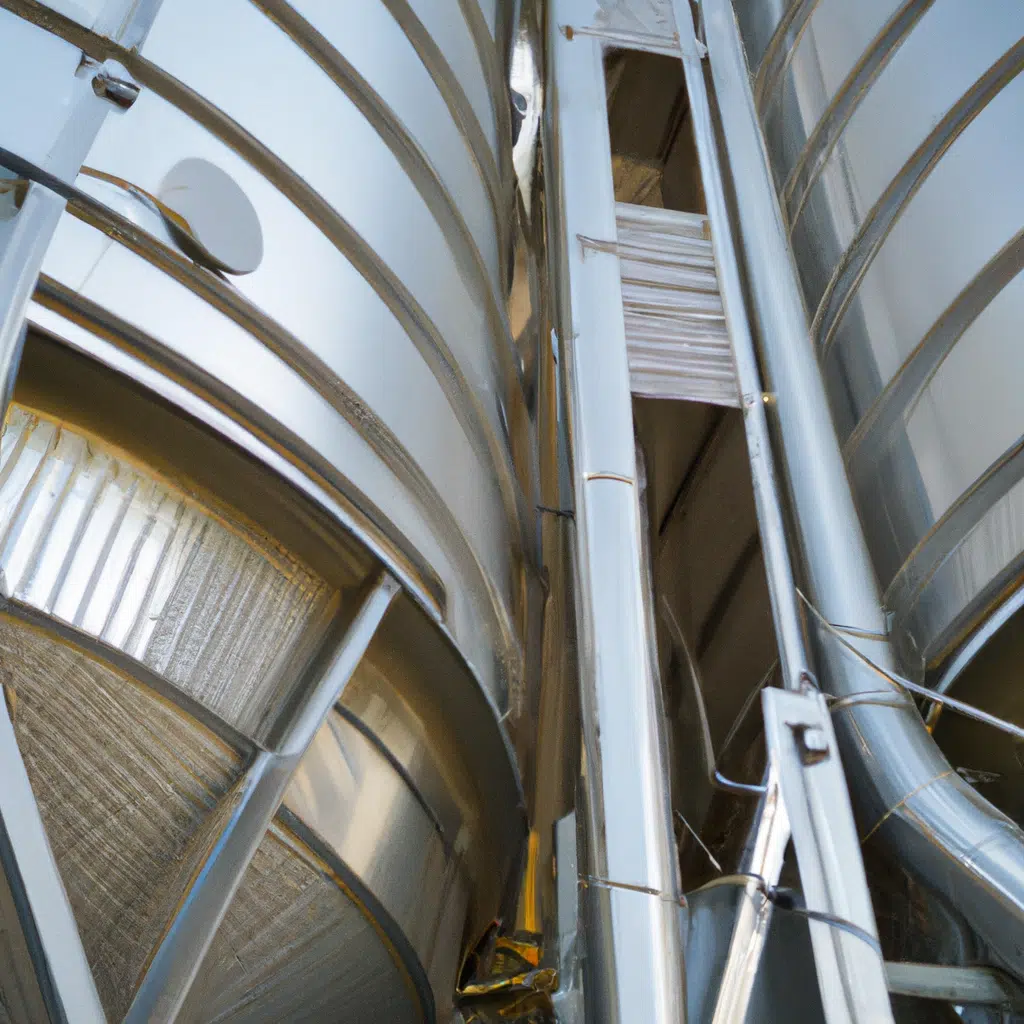If you’re in the grain drying business, you know how important it is to have a reliable and efficient system in place. Traditional drying methods can be time-consuming, labor-intensive, and costly. But with the advent of new technologies, automated silo drying systems have become a game-changer in the industry. In this guide, we’ll explore the benefits of these systems and how they can revolutionize your grain drying process.
The Advantages of Automated Silo Drying Systems
Automated silo drying systems offer several advantages over traditional drying methods. Firstly, they’re more efficient. With automated systems, you can dry your grain faster and more consistently, reducing drying times by up to 50%. Secondly, they’re more cost-effective. By reducing drying times, you’ll save on fuel costs, labor expenses, and other related costs. Thirdly, they’re more convenient. Automated systems require less physical labor, which means you can focus on other aspects of your business while the system does the work for you.
How Automated Silo Drying Systems Work
Automated silo drying systems use a combination of technologies to dry grain quickly and efficiently. The process starts with a grain elevator that transports the grain from the storage bin to the dryer. Once the grain enters the dryer, it’s heated and dried using a combination of hot air and moisture control. The system continuously circulates the grain through the dryer until it’s completely dry, at which point it’s ready for storage or shipment.
The Components of Automated Silo Drying Systems
Automated silo drying systems are made up of several components, each of which plays a critical role in the drying process. These components include the grain elevator, dryer, moisture control system, and storage bin. The grain elevator is responsible for transporting the grain from the storage bin to the dryer. The dryer uses a combination of hot air and moisture control to dry the grain quickly and efficiently. The moisture control system ensures that the grain is dried to the desired moisture level. And finally, the storage bin provides a safe and secure place to store the dried grain until it’s ready for shipment.
The Benefits of Moisture Control
Moisture control is a critical component of the drying process. If grain is over-dried, it can lead to reduced quality and loss of nutrients. On the other hand, if grain is under-dried, it can lead to spoilage and mold growth. Automated silo drying systems use advanced moisture control technology to ensure that the grain is dried to the desired moisture level. This not only ensures the quality of the dried grain but also reduces waste and spoilage.
Choosing the Right Automated Silo Drying System
When choosing an automated silo drying system, there are several factors to consider. Firstly, you’ll need to consider the size and capacity of the system. This will depend on the amount of grain you need to dry, as well as the available space on your property. Secondly, you’ll need to consider the cost of the system. Automated silo drying systems can vary in price depending on their size, capacity, and features. Finally, you’ll need to consider the reputation of the manufacturer. Look for a manufacturer with a proven track record of producing high-quality, reliable systems.
Conclusion
Automated silo drying systems offer several advantages over traditional drying methods. They’re more efficient, cost-effective, and convenient. By using a combination of technologies, these systems can dry grain quickly and efficiently, ensuring that it’s of the highest quality. When choosing an automated silo drying system, be sure to consider the size and capacity of the system, the cost, and the reputation of the manufacturer. With the right system in place, you can revolutionize your grain drying process and take your business to the next level.


